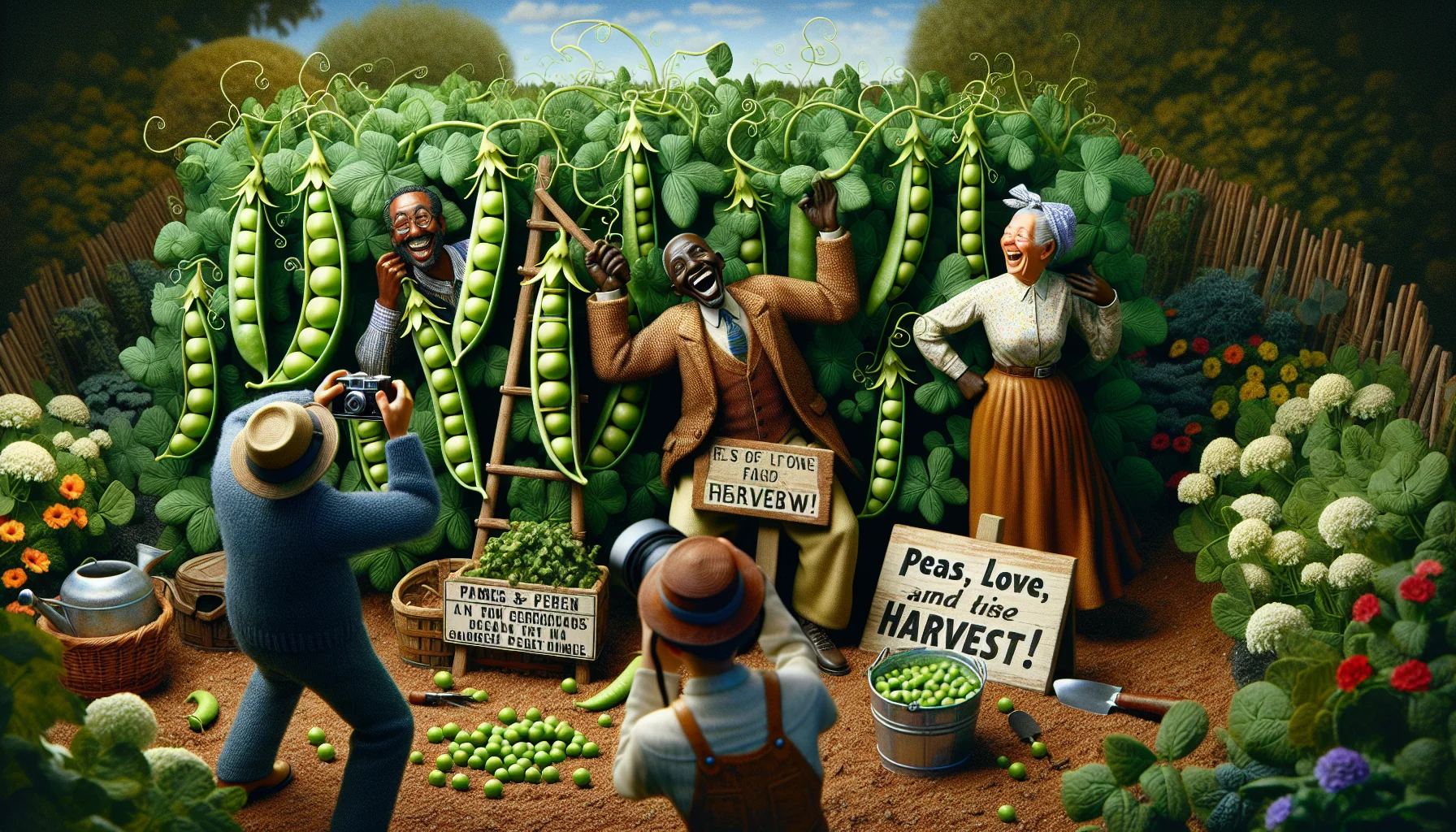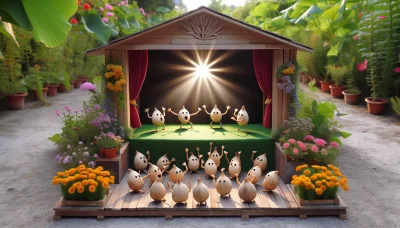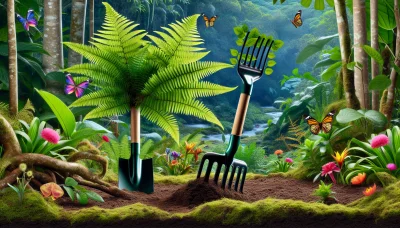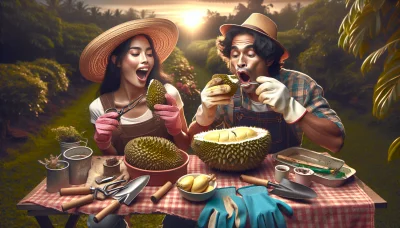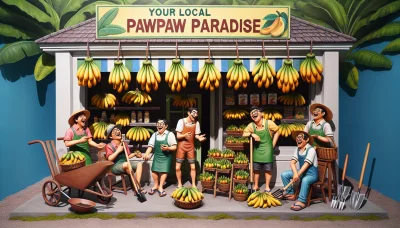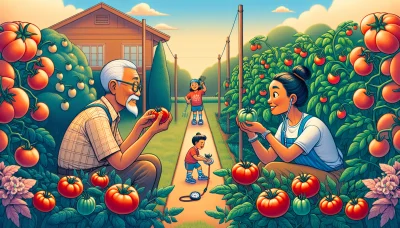When to pick peas Quiz
Test Your Knowledge
Question of
When to Pick Peas: A Gardener's Guide
Timing is everything when it comes to harvesting peas. Picking them at the right moment ensures not only the best flavor but also maximizes the yield from your garden. Understanding the signs of peak ripeness and the ideal harvesting period is crucial for any gardener looking to enjoy the fruits of their labor to the fullest.
Understanding Pea Plant Varieties
Pea plants come in a variety of forms, each offering unique flavors and textures that cater to different culinary uses. Among the most popular varieties are snow peas, snap peas, and shell peas. Snow peas are harvested while the pods are still flat and the peas inside are barely formed, making them perfect for stir-fries and salads. Snap peas, on the other hand, are harvested when the pods are plump but still crisp, offering a sweet flavor that can be enjoyed raw or cooked. Shell peas, also known as garden or English peas, are harvested when the pods are fully swollen, and the peas inside are round and firm. These peas need to be shelled before consumption, unlike snow and snap peas, which can be eaten pod and all. The harvesting time for these pea varieties can vary significantly, depending on the specific type and the local climate, which in turn affects their availability and optimal use in the kitchen.
Signs Your Peas Are Ready to Harvest
- Pod Size: The pods are swollen, looking full and plump.
- Firmness: When you gently squeeze a pod, it feels firm but not hard.
- Color: Pods have reached a vibrant green color, indicating maturity.
- Pea Size: You can feel individual peas inside the pod, which are sizeable and round.
- Pod Appearance: The pod looks shiny and smooth, without wrinkles or shriveling.
- Taste Test: If you open a pod and taste a pea, it should be sweet and tender.
The Best Time of Day to Pick Peas
When it comes to harvesting peas, timing is not just about the season, but also the time of day. The best time to pick peas is early in the morning. This is when they are at their sweetest. During the night, peas accumulate sugars, which are often used up for energy as the day progresses and temperatures rise. By picking them in the early hours, you ensure that you get the most flavorful peas. Moreover, the morning dew adds a bit of moisture, making the pods crisper and easier to snap off the vine. It's also advisable to pick peas when the weather is dry. Wet conditions can spread diseases to the plants and potentially reduce the quality of your harvest. Remember, the goal is to maintain the freshness and sweetness of the peas from the garden to your table.
Storing Your Harvested Peas
To ensure your harvested peas maintain their freshness, taste, and nutritional value for as long as possible, it's crucial to store them correctly. Begin by shelling your peas if you haven't already, then blanch them for 1-2 minutes in boiling water followed by an immediate plunge into ice water to halt the cooking process. This step helps preserve their vibrant green color and sweet flavor. After blanching, dry the peas thoroughly to prevent ice crystal formation, then pack them into airtight containers or freezer bags. Remove as much air as possible before sealing to minimize freezer burn. Stored in the freezer, your peas can last up to 8 months while retaining their quality. For short-term storage, keep your peas in the refrigerator in a perforated bag for up to a week. Always remember, the sooner you consume them, the better they will taste!
Common Mistakes to Avoid When Picking Peas
- Not Harvesting at the Right Time: Peas should be picked when they are plump and bright green. Waiting too long can lead to overripe peas that are tough and less sweet.
- Picking Too Early: While it's tempting to harvest peas as soon as you see them, picking them too early can result in less flavorful peas. Make sure they are adequately sized and filled out before harvesting.
- Being Too Rough: When picking peas, be gentle. Rough handling can damage the plant and reduce future yields. Use two hands - one to hold the vine and the other to pick the pea.
- Ignoring Weather Conditions: Avoid picking peas immediately after rain or watering as this can spread disease. Wait until the plants are dry.
- Not Supporting the Plants: Pea plants can become heavy and may fall over or become more difficult to harvest from if not properly supported. Use trellises or stakes to keep them upright.
- Overlooking Incomplete Harvests: Make sure to thoroughly check the plant from all angles. Peas left on the vine can signal the plant to stop producing more.
- Forgetting to Rotate Crops: Planting peas in the same location year after year can lead to soil depletion and increase the risk of disease. Rotate your crops to keep the soil healthy and peas thriving.
